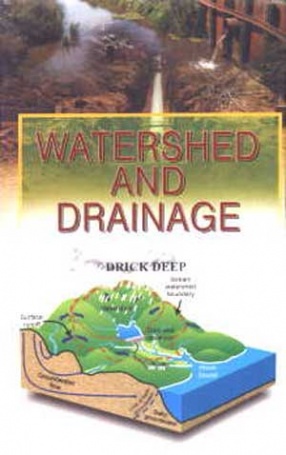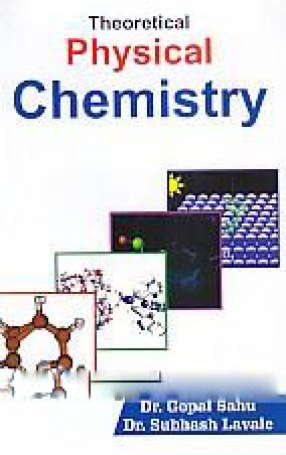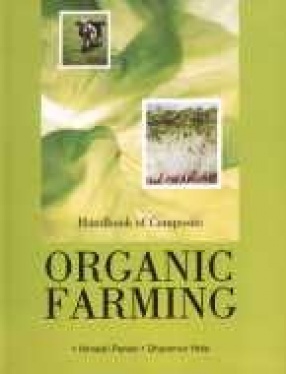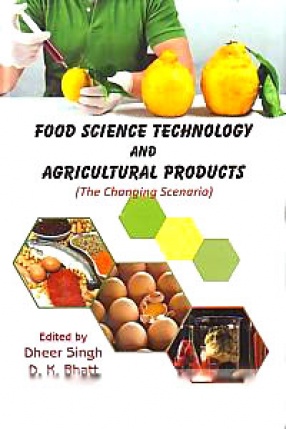Most crop protection deals with the development and promotion of socially and environmentally acceptable technologies to reduce crop losses from pests. Crops protection also deals with protecting crops from weeds, insects and diseases primarily to increases yield. The use of crop protection products secures yields, reduces crop losses and helps provide a sufficient and sustainable supply of healthy and safe food at affordable prices. Ultimately crop protection tries to meet global food demand. It also deals with efforts to assure quality and safety.
The rapid change in the agro ecosystem leaves a snag in the establishment of harmony in the discord of the disturbed ecosystem due to wide usage of chemical pesticides, fertilizers and synthetic plant growth regulators. The long term effect were overlooked hence, boom of one time become bane for the ecosystem degradation. At the present context, it has become indispensable to look for sustainable crop protection management approaches for insect pests, diseases, nematodes and weeds and the present book is an effort in this direction.
Increased food production can be achieved either through expanding the area used for agriculture or by increasing levels of productivity per unit area. Essentially, the more primitive the farming, the more extensive it has to be to sustain an adequate food supply, compared with high input farming methods that optimise land use and yield. This new book presents the latest research from around the globe. The ultimate aim is to provide healthy plants, healthy crops and healthy environments, which implies a real shift of objectives from 'Crop Protection' to 'Plant Health'. Whereas several changes are still in the research phase, numerous others are being implemented, here and today.






There are no reviews yet.